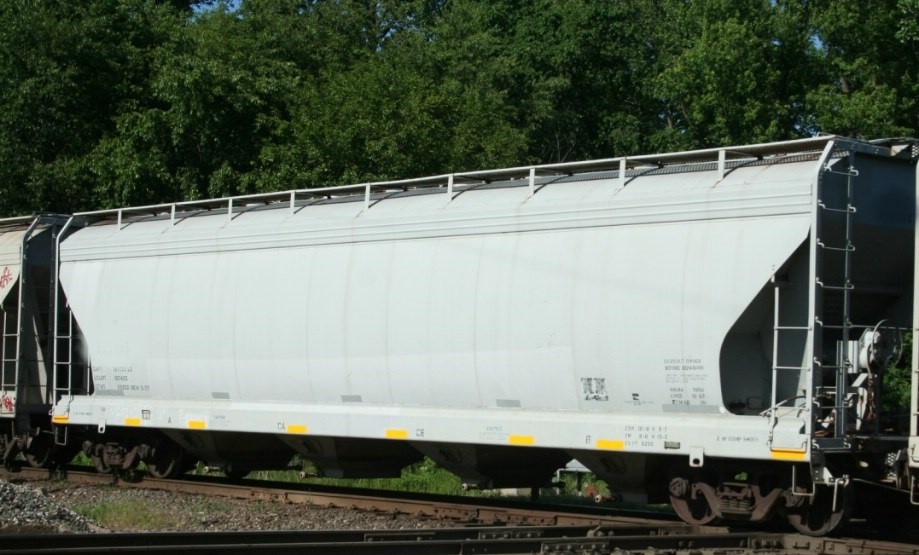Familiar with the “Pareto Principle” or “Pareto Rule”? According to Investopia: “The Pareto Principle, named after economist Vilfredo Pareto, specifies that 80% of consequences come from 20% of the causes, asserting an unequal relationship between inputs and outputs. This principle serves as a general reminder that the relationship between inputs and outputs is not balanced. The Pareto Principle is also known as the Pareto Rule or the 80/20 Rule.”
What Does This Have to Do with Rail?
When measured successfully, you will be able to apply the Pareto Principle to increase your success shipping via rail. To apply the 80/20 rule, you must first have some method of measurement for which to quantify your assumptions. Since we need to verify our assumptions, we take our measurements and put the cause and effect(s) into separate buckets showing those that related to each other and those that are not related. After we document and classify these assumptions, they then become facts. And facts are something we can work with!
Pareto and Freight Transportation.
In the bulk and intermodal freight transportation systems today, there are a lot of data points to measure. Take first of all the entire logistics cycle. This is really best expressed through an example. We’ll use Dark Northern Spring Wheat (“DNS”) commonly grown in North Dakota and highly sought after for its gluten content generally indicative of its protein content. DNS is a bread makers staple. If you analyze the logistics path for DNS to its final processing or feed destination, you’ll find these facts at a high level:
- Gathering of the DNS comes from the farmer, after harvest, to the elevator via truck. Price is the catalyst that incents grain to move to the elevator. A grain company must identify quality and quantities required for their customers who use the DNS to make bread. This, along with futures market puts and call options, help determine the price to the grain company’s customers.
- Pareto Measures? The time it takes to incent movement from the field to elevator to gather sufficient quantities of DNS to meet shipping requirements. Where does the DNS come from and what geographic area supports faster order fulfillment, and which is slower.
- Once gathered at the elevator or at some point prior to receiving all the grain committed to the grain company’ customer, the grain company will either order railroad supplied railcars or use their private leased railcars or privately owned railcars to ship the DNS to the customer. The customer could be a processing company turning the wheat into flour or an international market with demand for DNS or an animal feed operation looking to provide food for their animals.
- Pareto Measure? Reliability measure of the time between ordering railroad supplied railcars and the time the railcars are spotted for loading. Reliability of having leased or owned railcars for the same measurement. Which is more reliable? Which meets any cleanliness requirements? What provides better mechanical ease of operations (loading)? The list goes on. In consideration of the above, what is the time from spotted for delivery and the release as loads for each loading location and railcar supplier (railroad supplied or private)? Any identifiable issues with actual loading of the railcars defined by system or private railcars supplied.
- Upon shipment of the DNS to a customer the next set of measures are the transit time measures. The time from the loading location at the release of the loads to the placement of those loads at the customer are the measures you’re looking for.
- Pareto Measure? In detail, measure the times from the release to pull or pickup time of your railcar(s); pickup to spot of the loaded railcar at your customer and from spot to release of the railcar from your customer. The granularity of measurements here depends on what the initial data tells you. If the pickup to spot of a railcars time is high, dive into more detail. What you’re looking for are specific rail yards that hold the loaded railcars for excessive amounts of time, bad order statuses that may not represent an actual bad order (often time bad order times aren’t counted against railroad performance measures), bad order statuses that are real, etc. Identify the consistent bad order status and put a plan against it.
What’s Important? HARD DATA = METRICS.
The details must be supported by hard data to be beneficial. There can be no guessing, no “I think” analysis. Let the numbers tell you where the issue(s) are. You can summarize the data in groups. For instance, six railcars shipped on Tuesday spent 24 hours in our yard prior to release, traveled well until “X” yard where they set from time 1 to time 2 a total of “Y” hours and then were delivered to the shippers’ customer who had the cars “Z” hours. Accumulate data for each shipment and you’ll start to see patterns that allow you to quantify pain points and give you some ammunition to take to the railroads for insights on how to provide better overall service.
The Outcome
If you can stay focused on the big picture while analyzing the details, it will take the noise out of the system and point you to facts from which you can make more informed decisions. Decisions that should help your service and ultimately your profitability.
Let’s Create Value Together.
Tealinc is a railcar lessor, railcar management and consulting firm. Contact us for an evaluation of your rail transportation situation. We’re always engaged and care about generating positive results be it a railcar lease, management of your rail assets or providing exemplary consulting results. We’re looking forward to creating true value with you!

